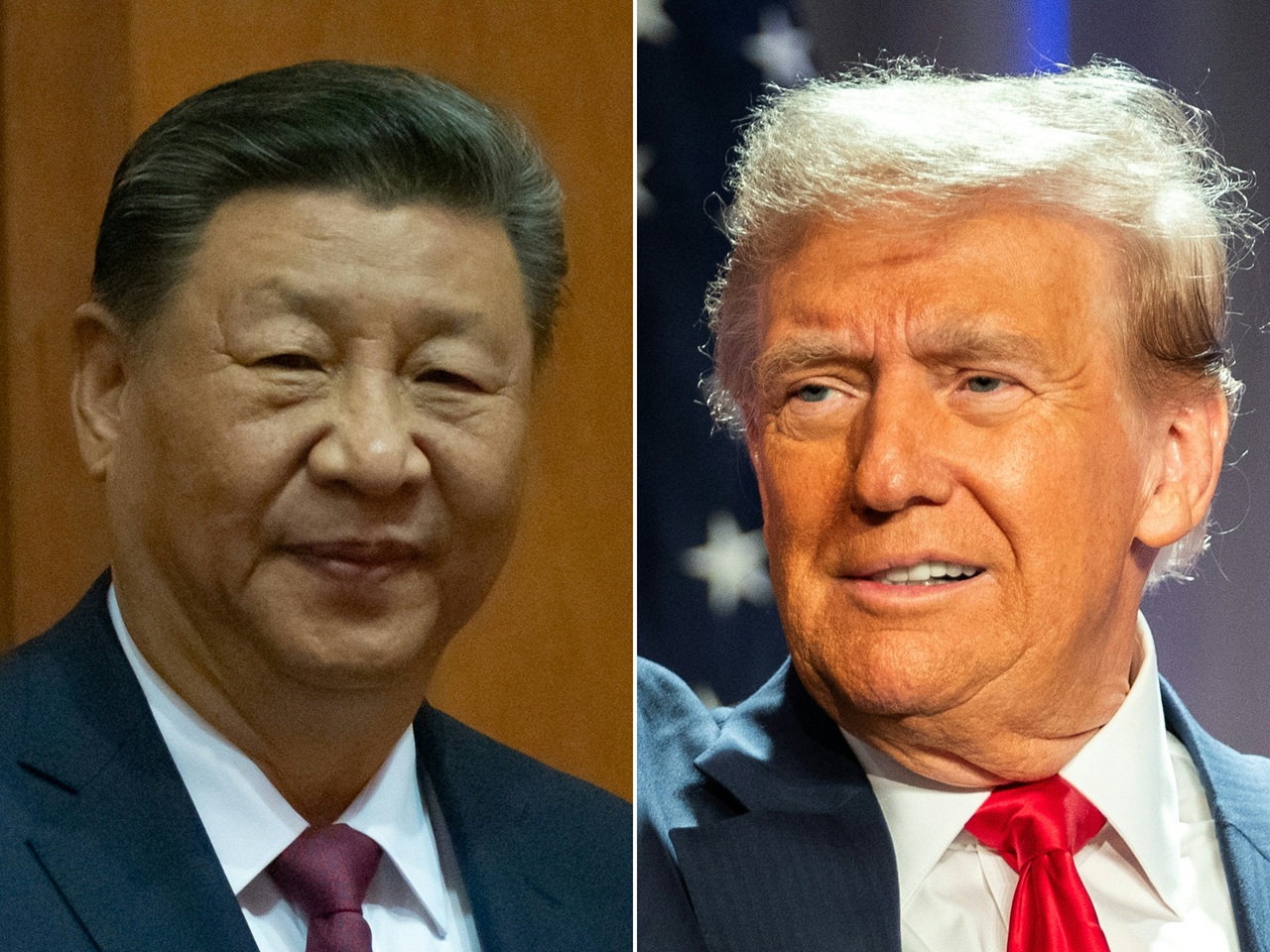Trade tensions between the United States and China have entered a phase of apparent de-escalation. On Friday, June 27, China’s Ministry of Commerce confirmed that the two powers had reached a preliminary agreement that involves, on the one hand, speeding up exports of rare earth minerals to the U.S. market and, on the other, lifting some restrictions imposed by Washington on sensitive goods, including aircraft engines, ethane gas, and semiconductor software.
According to The New York Times, the official announcement from Beijing stated that China “will review and approve applications for the export of controlled items,” while the United States “will correspondingly cancel a series of restrictive measures it has taken against China.” This carefully worded language suggests that the pact is more of a ceasefire gesture than a treaty resolving deeper disagreements.
The immediate background to this agreement shows just how much the trade relationship had deteriorated. As the same New York Times article reported, after a bilateral meeting in Geneva in May, China slowed rare earth exports to the United States to a trickle, even though they are an essential input for high-tech industries such as robotics, aviation, and chip manufacturing. In response, the White House tightened controls on U.S. exports to China, triggering a cycle of reprisals that threatened to escalate the trade war further.
Although U.S. Commerce Secretary Howard Lutnick told Bloomberg News that Washington would “take down” its restrictions as soon as China began delivering minerals, doubts remain as to whether this commitment is the same deal President Donald Trump referred to the day before when he said his administration had “signed” a trade agreement with Beijing. As The New York Times pointed out, the ambiguity surrounding the scope and nature of what was announced has led some analysts to question its actual ability to transform the relationship.
Beyond the conciliatory gesture, the root of the conflict remains intact. The Trump administration has been pressuring China for months to purchase significantly more American products and to open its market to U.S. companies. So far, those goals have not been achieved. Regulatory uncertainty, the protection of strategic sectors, and both countries’ geopolitical interests continue to pose formidable obstacles.
However, China’s domestic economic context may be pushing Beijing toward a more pragmatic stance. As The New York Times recalled, the Chinese economy continues to show signs of weakness, hit by a prolonged property crisis and declining consumer confidence. For that reason, some experts cited by the newspaper believe that Beijing has incentives to seek a degree of stability in trade relations, even if it does not concede on fundamental issues.
Diplomatically, the sequence of gestures also seems designed to ease tensions on other fronts. Days before this announcement, China tightened controls on two chemicals that can be used to manufacture fentanyl, a move interpreted in Washington as an attempt to cooperate in addressing the opioid crisis.
But even if the mutual lifting of export controls is confirmed and rare earth shipments resume, the agreement falls short of a comprehensive solution. The United States’ dependence on these strategic minerals—whose processing and export are dominated by Chinese companies—remains a geopolitical vulnerability that worries lawmakers and national security officials alike.
For now, the agreement is, above all, a temporary pause. The risk that the trade conflict will flare up again persists, especially if commitments are broken or if Washington continues to press its structural demands. As the last few years have shown, neither economy is willing to relinquish strategic leverage. The minerals ceasefire, rather than a resolution, seems merely a pause in a rivalry that will shape much of the global economic agenda.


